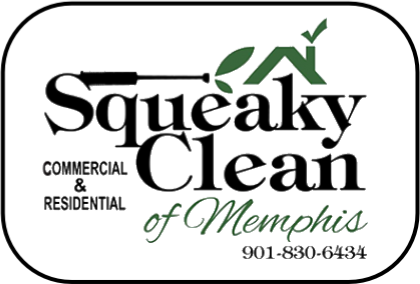Rocky Ford properties are known for sweeping approaches—long concrete or paver driveways bordered by pasture fencing, mature trees, and stone entries. Those features look impressive from the road, but they also collect dust, pollen, algae, tire marks, and rust from irrigation. A careful plan returns a uniform, bright finish across a lot of square footage without harming landscaping, joints, or stone accents.
Start with a stain and surface audit
Walk the full run before any hoses come out. Flag oil drips at parking areas, orange rust around metal furniture or sprinkler overspray, and organic growth in shade lines. Note surface transitions—brushed concrete to pavers, stone aprons, stamped borders—and expansion joints. This quick map lets you pre-treat smartly and choose the right tips and tools for each section.
Pre-treat, then clean for uniform daylight results
On long slabs, consistency beats brute force. Apply targeted cleaners to oil and rust and allow the right dwell time. Then switch to a surface cleaner for overlapping, even passes that eliminate wand stripes. Keep pressure within safe limits for residential concrete; for pavers, reduce force to protect joints and colored faces. Work in lanes that you can rinse immediately so dirty water never crosses clean areas.
Edge work and transitions that sell the clean
Edges draw the eye—along grass lines, stone aprons, and curb lips. Swap to a controlled wand with a wide fan for borders. Maintain a steady stand-off at expansion joints to avoid grooving the paste. Where the driveway meets pavers or stamped borders, throttle back and lift slightly to keep polymeric sand where it belongs. If joints are low, plan to re-sand after full dry time.
Runoff management on acreage
Long approaches can send rinse water exactly where you don’t want it. Set your rinse direction house-to-street, and use diversion pads or curb socks near beds and gravel margins. Keep rinse paths off mulch and away from stone pillars to prevent streaks. A clean water plan is the difference between a “just washed” look and a polished, uniform finish from the county road.
Treat stubborn spots the right way
If an old oil spot or rust halo reappears as the slab dries, re-treat with the correct chemistry instead of cranking up force. Leaf tannins from overhanging trees respond to a light application and gentle agitation. For tire “shadowing,” an additional pass with a surface cleaner at controlled speed usually blends the tone.
Protecting landscaping, fences, and stone
Pre-wet turf and beds along the driveway. Shield delicate shrubs where overspray is likely, and keep tips away from exposed wood rails, mailbox posts, and aging fixtures. On stone aprons and entry columns, use a wider fan and greater distance to avoid etching—test a small area first on older stone.
When to schedule for best results
Spring clears winter film before pollen peaks; fall resets the surface ahead of cooler, wetter weeks. If you’re listing the home or hosting an event, plan at least a day of dry weather for the slab to fully cure after cleaning—and longer if you’ll re-sand pavers or apply a sealer.
What a professional visit should include
Expect a written scope, stain-specific pre-treatments, a surface cleaner for uniformity, meticulous edge work, environmentally friendly practices, and effective water management. The walkthrough should confirm consistent color across lanes, clean joints at borders, and no splash marks at the road edge.
Want your Rocky Ford approach to look new from gate to garage?
Book Squeaky Clean of Memphis for expert pressure washing that delivers even results over long distances without risking your landscaping. Keep the momentum with our next local guide: Arlington Storefronts & Sidewalks: Commercial Pressure Washing.
